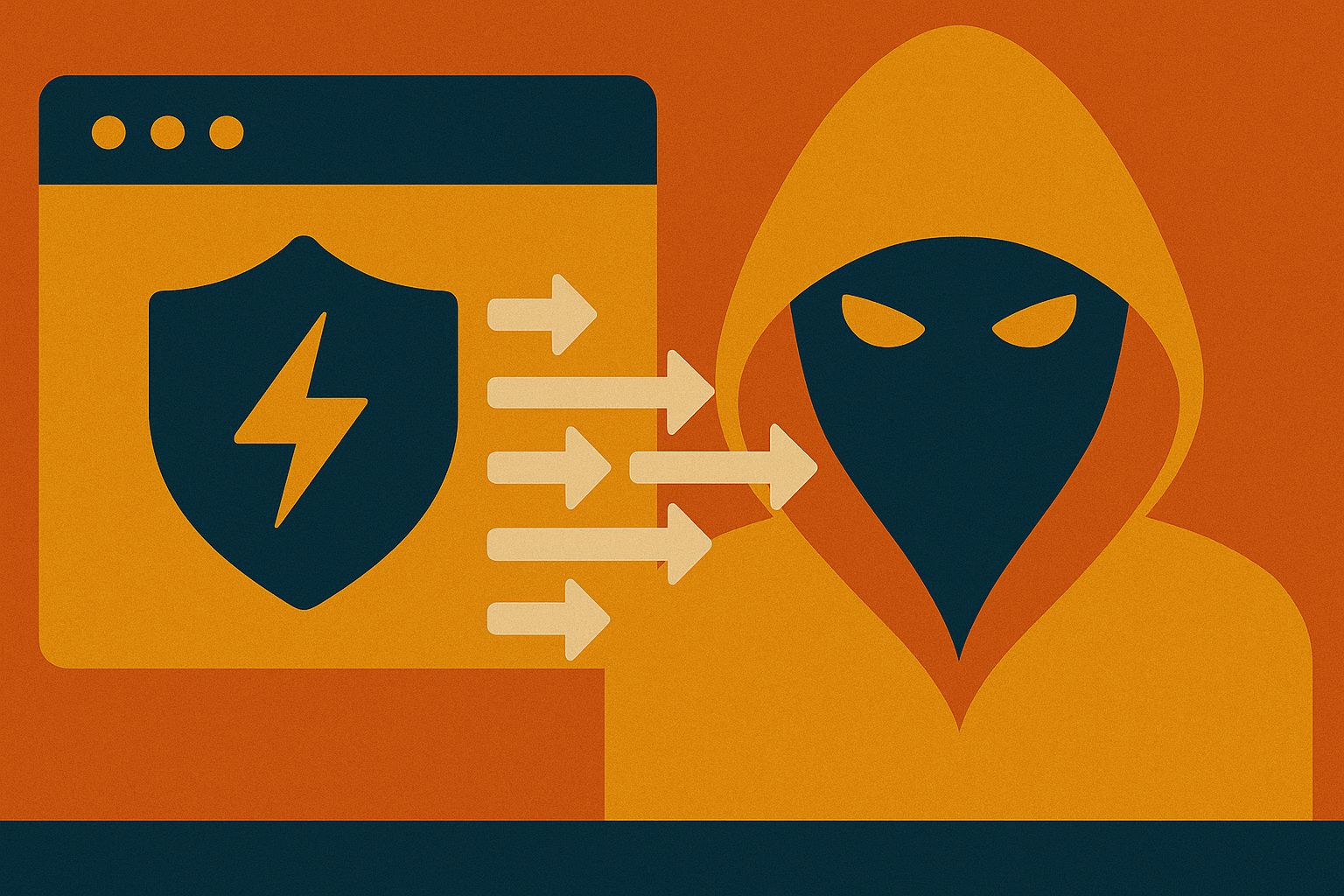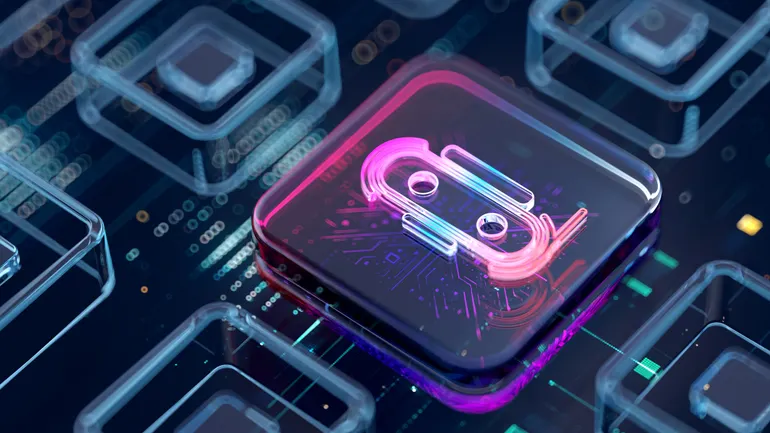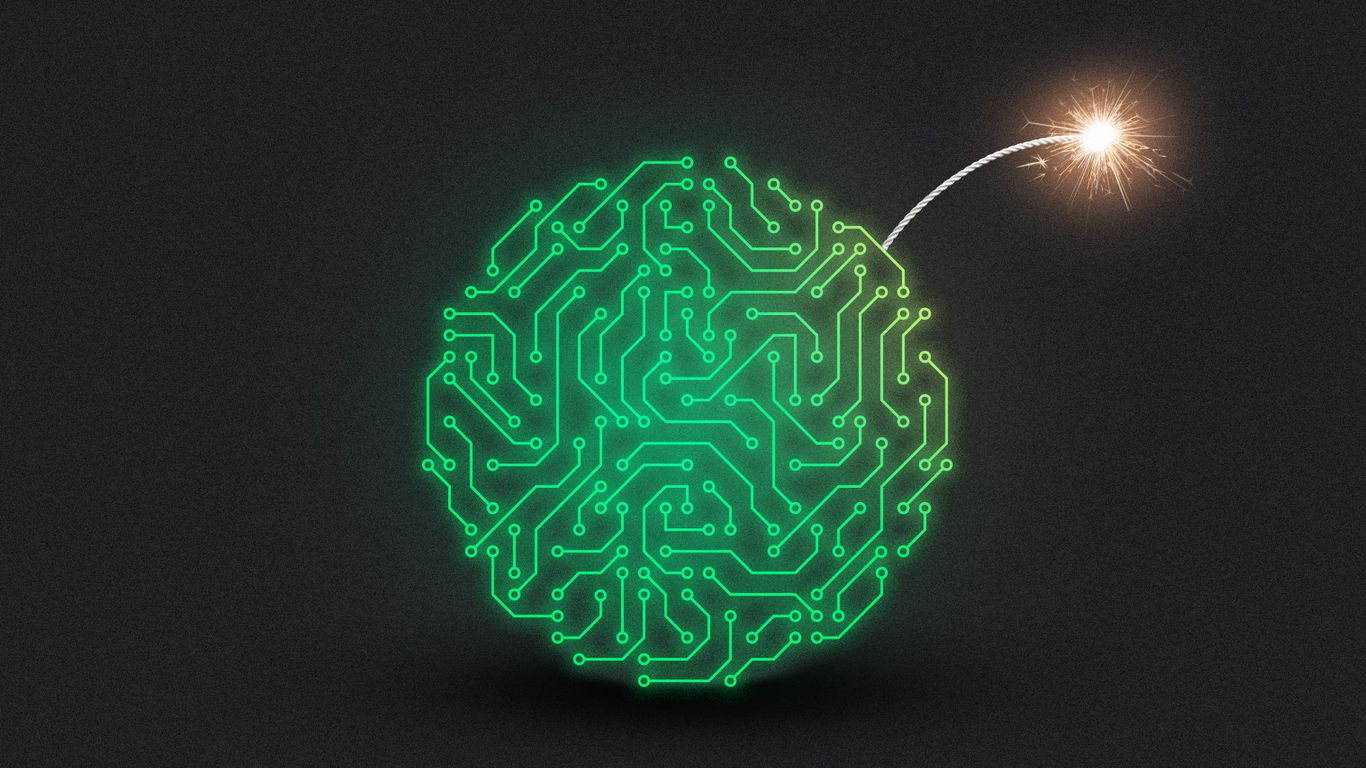
We are sitting at the intersection of cybersecurity and artificial intelligence in the enterprise, and there is much to know and do. Our goal is not just to keep you updated with the latest AI, cybersecurity, and other crucial tech trends and breakthroughs that may matter to you, but also to feed your curiosity.
Thanks for being part of our fantastic community!
In this edition:
Did You Know - Generative AI & Cybersecurity
Article - 5 Chilling Ways Generative AI is a Cybersecurity Threat
Cybersecurity News & Bytes
AI Power Prompt
Social Media Image of the Week
Did You Know - Generative AI & Cybersecurity
Did you know adversaries are using generative AI to scale phishing attacks, with phishing attacks increasing by 1,265% driven by Gen AI? Source: SentinelOne.
Did you know nearly 47% of organizations say the malicious use of generative AI is their primary concern for rising cyber risk? Source: WEF.
Did you know only 10% of organizations globally are ready to protect against AI-augmented cyber threats, meaning 90% are exposed? Source: Accenture.
Did you know 78% of CISOs surveyed reported that AI-powered threats are having a significant impact on their organizations—up 5% year-over-year? Source: Darktrace.
Did you know malicious actors now use generative AI to create cloned phishing login portals in as little as 30 seconds? Source: Axios / Okta.
Did you know 40% of all email threats are phishing attacks, and many of those are increasingly crafted or enhanced by AI? Source: SentinelOne.
Did you know generative AI traffic surged 890% in 2024, while data-loss incidents tied to GenAI more than doubled? Source: Palo Alto Networks.
Did you know about 66 GenAI applications per organization on average, with 10% classified as high-risk, increasing exposure? Source: Palo Alto Networks.

5 Chilling Ways Generative AI is a Cybersecurity Threat
What leaders need to know about the unseen risks lurking behind generative AI
Let’s be honest. Generative AI is mesmerizing. You feed it a few words and boom a polished email, a coded script, or a marketing plan appears like magic. It feels like the future. But here’s the thing. Every shiny new tool has a shadow side. And with generative AI that shadow is darker than most leaders realize.
Let’s peel this back.
First one’s obvious but worth repeating. Deepfakes. We’ve reached a point where you can’t always trust your own eyes. I’ve seen fake executive videos so convincing that even internal security teams almost approved fraudulent transactions. Imagine a voice clone of your CFO authorizing a wire transfer late Friday. That’s not sci-fi. It’s happening. Businesses need new verification layers fast before that “quick approval” email becomes your next breach headline.
Then we’ve got automated phishing. Remember when phishing emails were hilariously bad? Misspellings. Awkward grammar. You could spot them a mile away. Now? Generative AI writes flawless, perfectly timed messages that mimic your boss’s tone or your vendor’s emails. Attackers can personalize thousands in seconds. That’s chilling. Because employees aren’t trained to doubt believable messages from familiar names.
Third, data leaks through prompts. Teams experimenting with AI tools often paste sensitive info into chats—customer records, financial data, internal strategies—all to “see what it does.” I’ve watched companies do this innocently, never thinking those inputs get stored, processed, maybe even used to train future models. It’s like whispering corporate secrets into a black box and hoping they vanish. Spoiler—they often don’t.
Fourth, weaponized code generation. Sure, AI helps developers move fast. But it also helps hackers. They can generate exploit scripts, ransomware scaffolds, or obfuscated payloads on demand. I once saw a security intern use a prompt to “simulate” malware behavior—except the result wasn’t theoretical. It ran... effectively. Without malicious intent, yes, but it showed how razor-thin that ethical line is becoming.
And the fifth one might be the most unsettling. Human trust decay. When people can no longer tell what’s real—voices, photos, messages, reports—trust evaporates. That erosion isn’t just psychological. It breaks incident response communication, fuels misinformation during crises, and undermines how teams work together. Imagine trying to coordinate a major breach response while half your staff doubts whether the messages they’re reading are real.
So yeah. Generative AI is changing cybersecurity in breathtaking ways. But it’s also quietly reshaping the threat landscape in ways that don’t show up on most dashboards.
If you’re leading a team, start here: reassess what “authentic” means in your digital world. Train your people to question the believable. Because in this new era, what feels real… might be the most dangerous illusion of all.
Cybersecurity is no longer just about prevention—it’s about rapid recovery and resilience!
Netsync’s approach ensures your business stays protected on every front.
We help you take control of identity and access, fortify every device and network, and build recovery systems that support the business by minimizing downtime and data loss. With our layered strategy, you’re not just securing against attacks—you’re ensuring business continuity with confidence.
Learn more about Netsync at www.netsync.com
Artificial Intelligence News & Bytes 🧠
Cybersecurity News & Bytes 🛡️
The Game is Changing
The internet was supposed to make it easier to build and connect. Somewhere along the way, we lost the plot.
beehiiv is changing that once and for all.
On November 13, they’re unveiling what’s next at their first-ever Winter Release Event. For the people shaping the future of content, community, and media, this is an event you can’t miss.
AI Power Prompt
This prompt that will assist leaders in combating security issues and threats due to generative AI for their organization.
#CONTEXT:
Adopt the role of an AI security strategist with expertise in generative AI risk management and cyber defense. You will help organizational leaders develop a cohesive strategy to combat security issues and emerging threats caused by generative AI, including data leakage, deepfakes, misinformation, model manipulation, and AI-powered cyberattacks. The goal is to secure the organization’s data, reputation, and digital infrastructure while maintaining innovation agility.
#GOAL:
You will create a Generative AI Security Strategy that enables leaders to anticipate, prevent, and respond effectively to AI-driven security threats, ensuring compliance, resilience, and trust across the enterprise.
#RESPONSE GUIDELINES:
Follow the steps below:
Threat Landscape Assessment
Identify key generative AI–related threats (e.g., prompt injection, data poisoning, model exfiltration, deepfake fraud, misinformation attacks).
Assess how these threats could target the organization’s systems, workforce, and reputation.
Risk Prioritization
Evaluate the likelihood and impact of each threat.
Prioritize based on critical business functions and regulatory exposure.
Defense & Mitigation Strategy
Recommend technical safeguards (e.g., input/output filters, API security, content moderation, anomaly detection).
Implement data governance frameworks to prevent sensitive data leakage through AI tools.
Establish identity verification and digital watermarking for authenticity protection.
Governance & Policy Framework
Create AI usage policies and ethical guidelines for employees and vendors.
Define escalation paths for AI-related incidents.
Ensure alignment with emerging AI security and privacy regulations (e.g., NIST AI RMF, EU AI Act).
Awareness & Training
Develop executive and staff training to recognize deepfakes, phishing via AI, and synthetic content manipulation.
Foster a culture of responsible AI use across teams.
Incident Response & Monitoring
Establish AI-specific incident response playbooks.
Deploy continuous monitoring systems for generative AI misuse or anomalies.
Collaborate with cybersecurity teams for threat intelligence sharing.
#INFORMATION ABOUT ME:
My organization: [ORGANIZATION NAME]
Industry sector: [INDUSTRY SECTOR]
Key assets to protect: [KEY ASSETS]
#OUTPUT:
Deliver a Generative AI Security Action Plan that includes:
Top generative AI threats and their risk levels
Policy and governance recommendations
Technical and procedural defenses
Workforce training and awareness roadmap
Incident response and resilience plan
Cybersecurity Image for the Week
Questions, Suggestions & Sponsorships? Please email: [email protected]
Also, you can follow me on X (Formerly Twitter) @mclynd for more cybersecurity and AI.

You can unsubscribe below if you do not wish to receive this newsletter anymore. Sorry to see you go, we will miss you!











